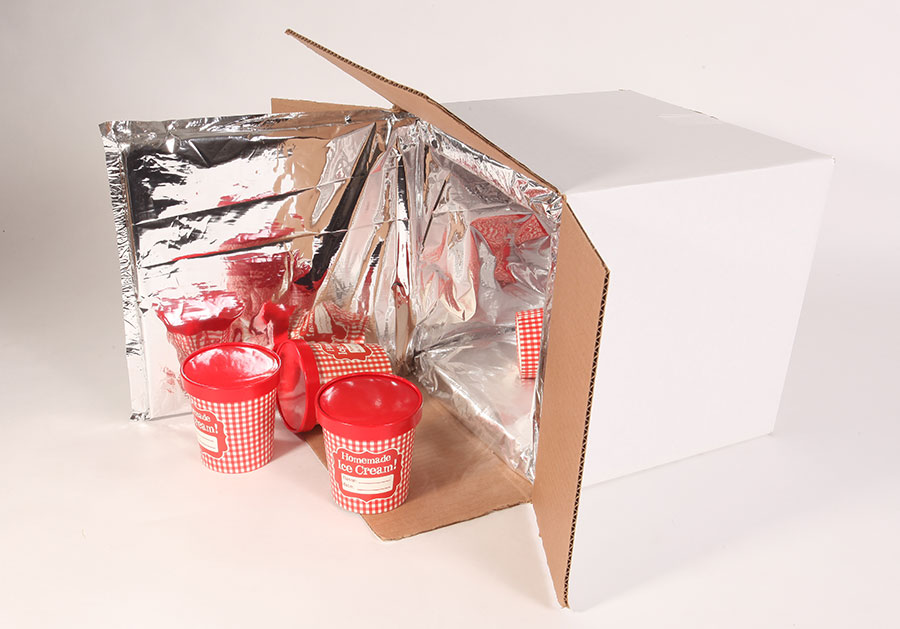In the realm of shipping and packaging, ensuring the safety of products during transit is a top priority. Foam Rolls play a critical role in protective packaging, offering versatile cushioning solutions that can adapt to the contours of virtually any product. This guide will explore the benefits of using foam rolls, their protective properties, and tips on selecting the right foam specifications for optimal protection.
The Protective Properties of Foam Rolls
Foam rolls are designed to provide a buffer between your product and the external forces encountered during shipping. Here’s a look at why foam rolls are a preferred choice for protective packaging:
- Shock Absorption: Foam rolls are excellent at absorbing shocks and impacts. Whether the package is dropped, knocked, or jostled during transit, the foam material helps to dissipate the energy and reduce the risk of damage.
- Vibration Dampening: Transportation environments often subject packages to constant vibrations, which can loosen or damage products. Foam rolls help to dampen these vibrations, keeping the contents secure and intact.
- Moisture Resistance: Some types of foam have moisture-resistant properties, making them suitable for shipping products that are sensitive to humidity and water exposure.
Versatility in Application
One of the biggest advantages of foam rolls is their versatility. They can be used to pack items of various shapes and sizes, making them ideal for industries ranging from electronics to fine arts. Here are several ways foam rolls can be utilized:
- Wrapping Irregular Shapes: Foam can easily wrap around products with irregular shapes, providing a custom fit that enhances protection.
- Layering: Multiple layers of foam can be used for added protection, especially for extremely fragile items.
- Filling Void Spaces: Foam can be cut and shaped to fill voids within a box, preventing movement of the contents during shipping.
Selecting the Right Foam Specifications
Choosing the correct type of foam and the right specifications is crucial to ensuring your products are well-protected. Here are some factors to consider:
- Density: The density of the foam affects its cushioning properties. Higher density foam is generally more durable and provides better long-term shock absorption.
- Thickness: The thickness of the foam should be chosen based on the weight and fragility of the product. Heavier and more fragile items typically require thicker foam for adequate protection.
- Type of Foam: There are several types of foam, including polyethylene, polyurethane, and anti-static foams, each suited to different packaging needs. Anti-static foam, for instance, is essential for electronic components.
By understanding these factors and assessing the specific needs of the product to be shipped, businesses can effectively leverage foam rolls for superior protection.
For those looking to explore a broader range of packaging materials and solutions, a visit website can provide access to various options that can further enhance shipping and handling safety.
Foam Rolls are an essential component of protective packaging strategies, especially in industries where damage during shipping can lead to significant losses. Utilizing foam rolls not only ensures that products reach their destination safely but also helps in maintaining customer satisfaction and reducing the costs associated with returns and replacements. By selecting the appropriate foam specifications and utilizing them effectively, businesses can significantly improve the safety and efficiency of their shipping processes.




